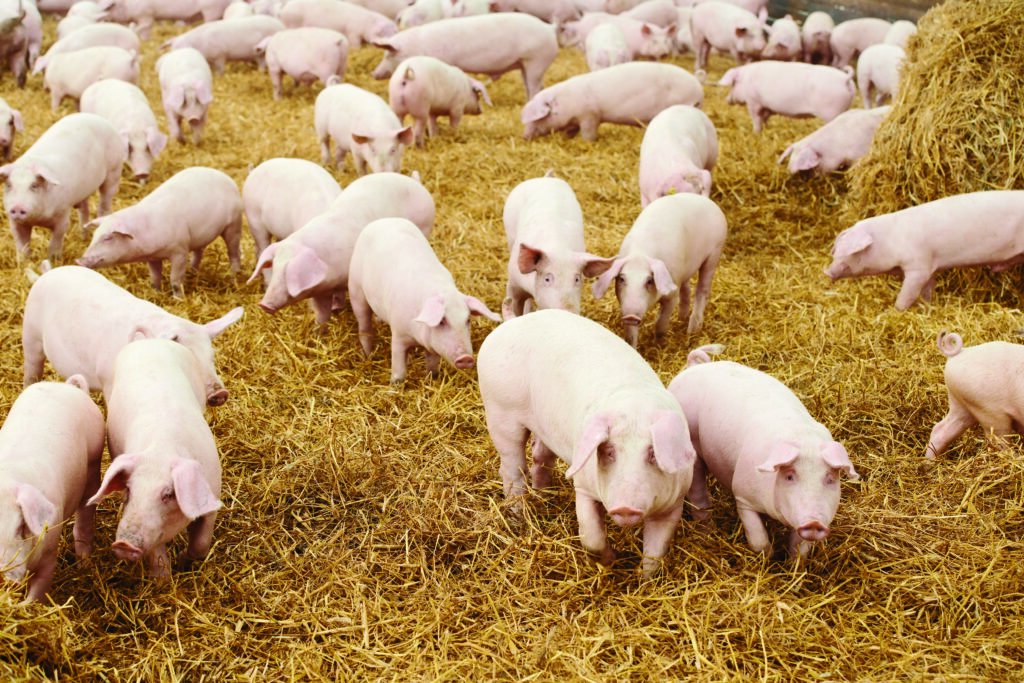Global pork export prices continued to move upwards in the second quarter of 2017.
According to analysis from AHDB Pork, based on the four largest global pork exporters (the EU, US, Canada and Brazil) the average value of pork traded reached US$2.75/kg in June. This was 9% ($0.23/kg) above year earlier levels and the highest level since January 2015.

The rise in prices was particularly driven by a sharp increase in the value of EU pork exports between April and May. This followed from steep increases in European farmgate prices at the time, reflecting a tight supply situation. EU export prices were, on average, the highest of the four largest global exporters in the first six months of 2017 and were a substantial 6% above the overall average in May alone. As such, the competitiveness of EU pork was the lowest since February 2014 during this month.
With the EU price rising strongly, other global pork export prices have also risen while remaining competitive. The Canadian price grew particularly throughout the second quarter, by $0.25/kg, as the Canadian dollar appreciated, while the US price gained a more modest $0.05/kg. Strong domestic demand has also been supporting pork prices in these key producing nations. The exception to the overall increasing trend was Brazil, which reported price declines following the peak in April, partly due to the weakening reputation of Brazilian product as well as a devaluation in the Brazilian real.
The overall amount of pork traded was 14% lower than year earlier levels during the second quarter, mainly reflecting the weaker Chinese demand. Despite this, on a global basis it seems supplies have so far been far from plentiful, which has supported prices. However, how long this can continue remains uncertain. Production is expected to increase globally in the latter half of the year, which will intensify competition on the international market. As such, there could be downwards pressure on the global pork market in the coming months, which may be especially felt in the EU.




